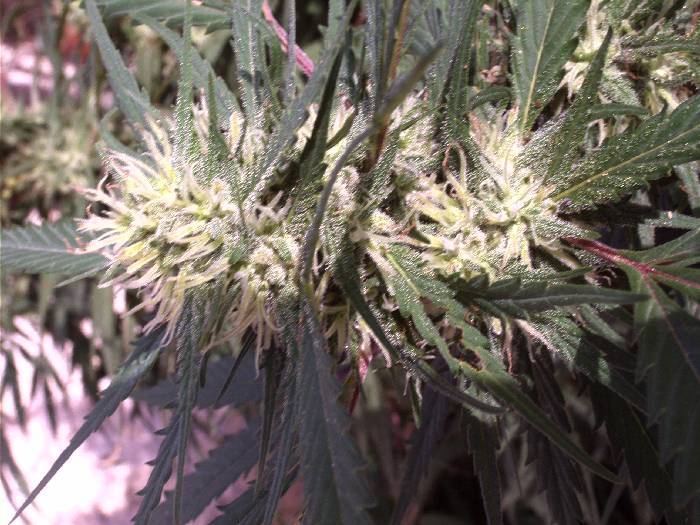but what about FAT LEAFS,,,,???,,,,,,im sure its the fatleaf trait is localized to Afghan, China, Kush, Paki them sorta regions.....didnt Rob Clarke say the same too!!
I don't have a copy of MJ Botany anymore so not sure. Those indica fat leaved pics above are all wild Chinese plants, that genotype travelled down the silk road to Afghanistan. The silk road goes all the way to Greece and interestingly, pretty much everywhere along the silk road, including Greece, has a hash-making tradition.
What I don't get is how the climatic conditions in central Africa, e.g. The Congo, would cause plants to evolve fat, broad leaves. In short, it wouldn't, so if you find a short, fat plant in a Congo line, it indicates a genetic heritage from elsewhere.
Why on earth would a plant need broad, fat leaves in The Congo where the sun is so intense? Why would a plant need the thick, waxy, dark leaves of an Afghan (adaptation to cold climate) in The Congo?
It doesn't make sense, and no, it's not natural variation, natural variation would not stretch so far as to produce an indica profile, it would be variation on a much smaller scale, as is seen in many landraces, yes they are varied, but unless genes from elsewhere have been introduced, they don't vary so much as to produce an 'Afghan' type plant!
I can think of a good example of a landrace that has maybe been around almost 500 years and most certainly does not contain short, fat, broad-leafed plants - Highland Oaxacan Gold. The Spanish introduced hemp to Mexico in the early 1500s, and the Central Valley of Oaxaca was one of the places they cultivated it intensively. It also happens to be one of the first places where selective plant breeding was carried out. It was in the Central Valley of Oaxaca that Maize/Corn was bred from wild Teosinte grass, Teosinto being found in caves in Oaxaca occupied by humans 4000 years ago.
The introduction of cannabis to a culture already highly skilled in agriculture and selective plant breeding resulted in the most legendary of Mexican cannabis strains - Highland Oaxacan gold. No-one knows how long it took for the Spanish hemp to become the fabled golden ganja, but I suspect not very long, probably a couple of decades.
So to me, Highland Oaxacan Gold is a classic example of a cannabis landrace, we know how long it has existed (roughly) and what genes went into it's creation (early Spanish hemp crops). No-one has ever reported seeing anything short, fat and broad-leaved out of the Oaxacan genepool. The nighttime temperature year-round in Oaxaca is 15-16C, the daytime temps range from 24 to 34C, the humidity is low, the UV levels extremely high, precipitation low, it is in the tropics, roughly 13N. So, anyone care to tell me how a 'Afghan' type indica could possibly evolve in that climate?











